Ancient news stories
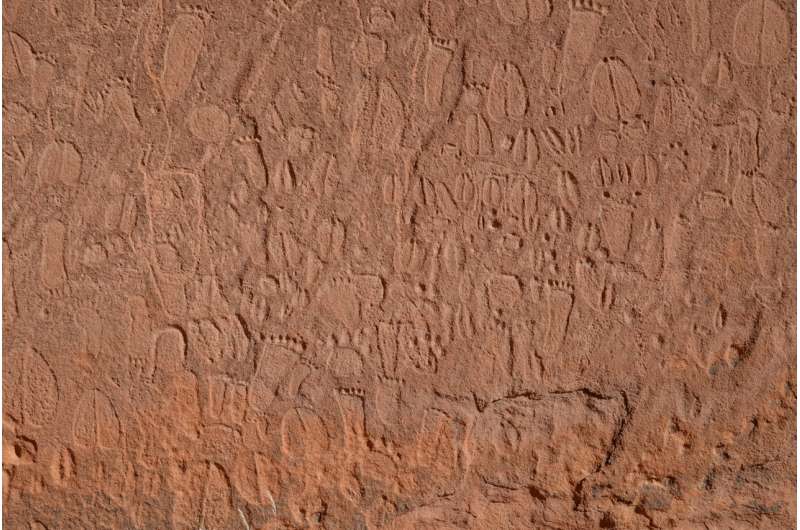
During the Later Stone Age in what is now Namibia, rock artists imbued so much detail into their engravings of human and animal prints that current-day Indigenous trackers could identify which animals’ prints they were depicting, as well as the animals’ general age and sex. See the study here.
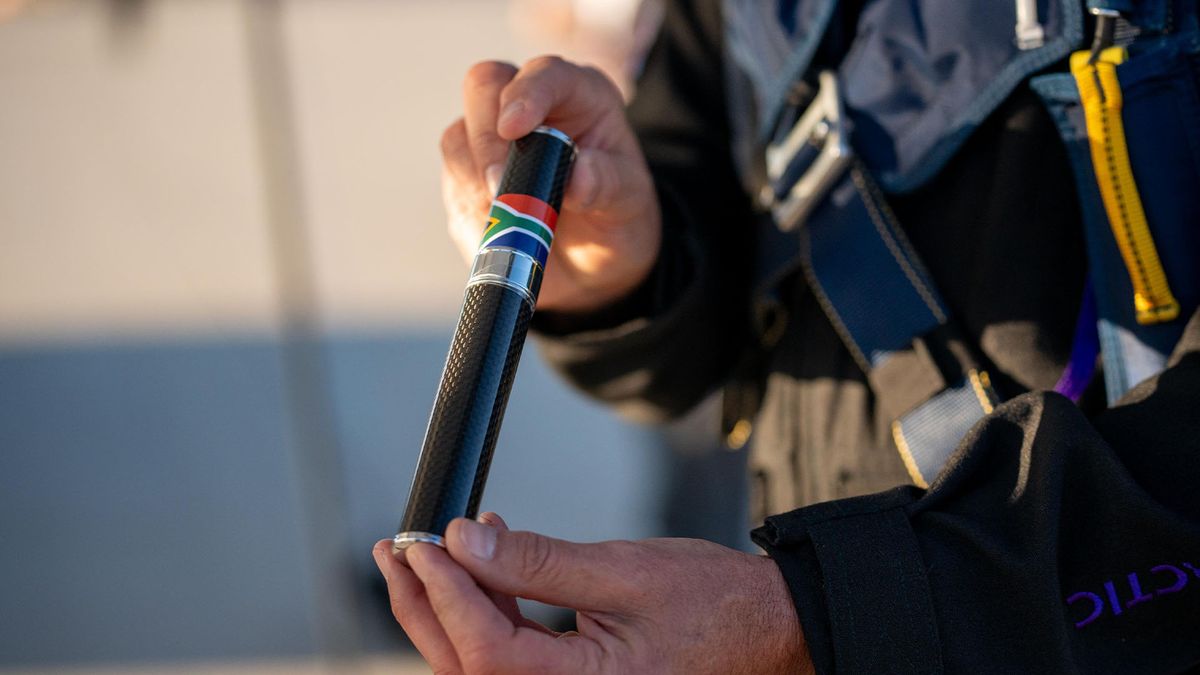
Scientists are calling the Virgin Galactic mission that carried the bones of Australopithecus sediba and Homo naledi to the edge of space a major ethical breach.
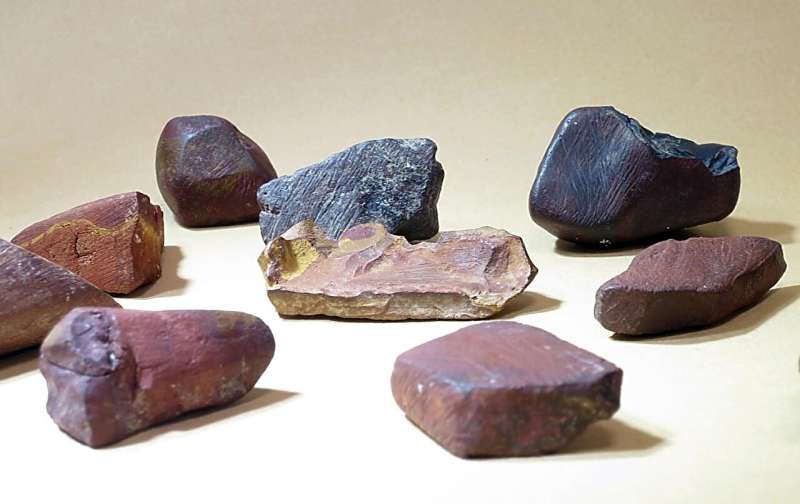
An international research team from Spain and France has carried out the chemical and technological analysis of the largest known collection of red and yellow mineral pigments, commonly called ochre, dated to the Middle Stone Age, between 300,000 and 40,000 years ago, and found at Porc-Epic cave, Ethiopia. See the research here.
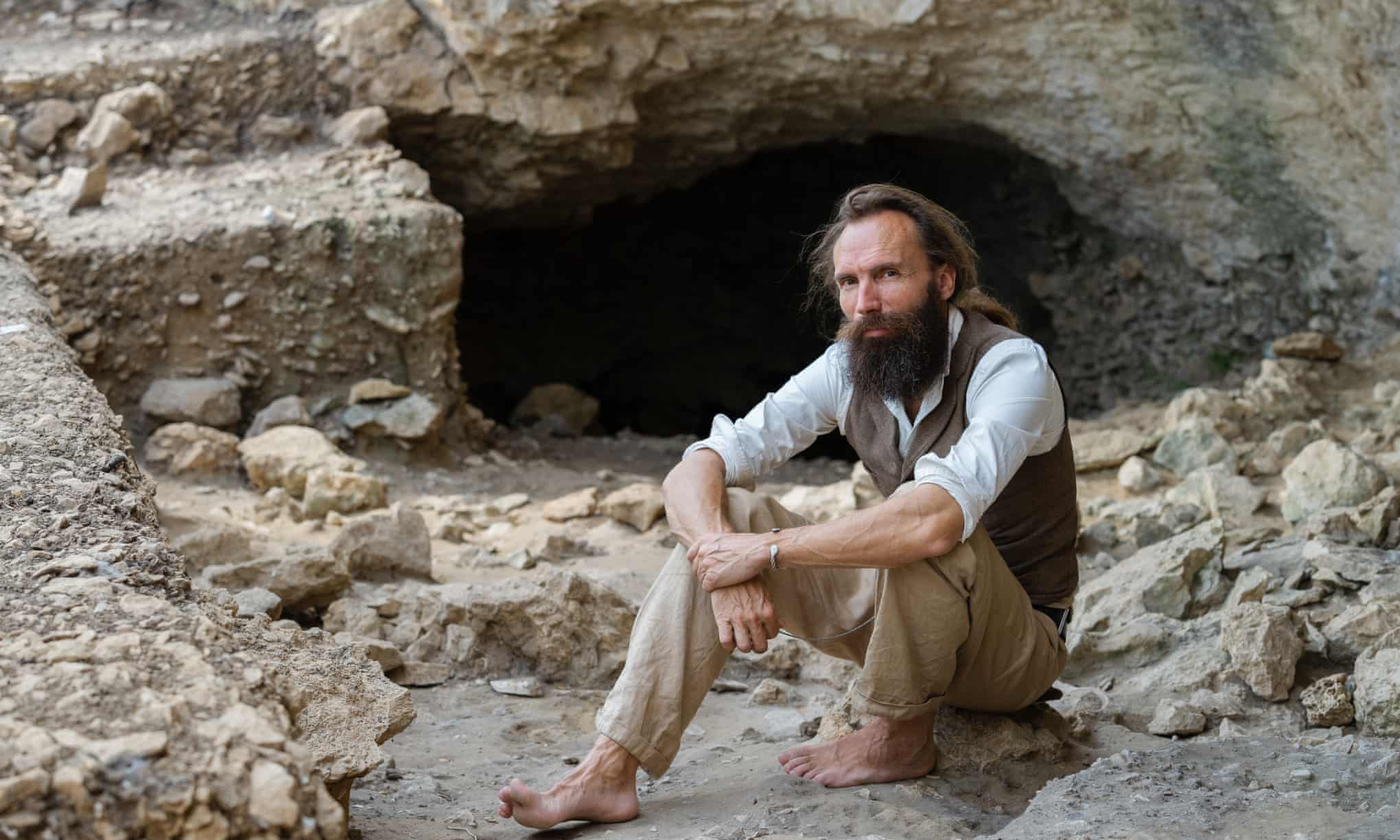
Explorer Ludovic Slimak has dedicated decades to unearthing the mystery of our prehistoric ancestors. Now he has found a missing piece that radically reshapes our understanding – not just of the Neanderthals but of humanity itself
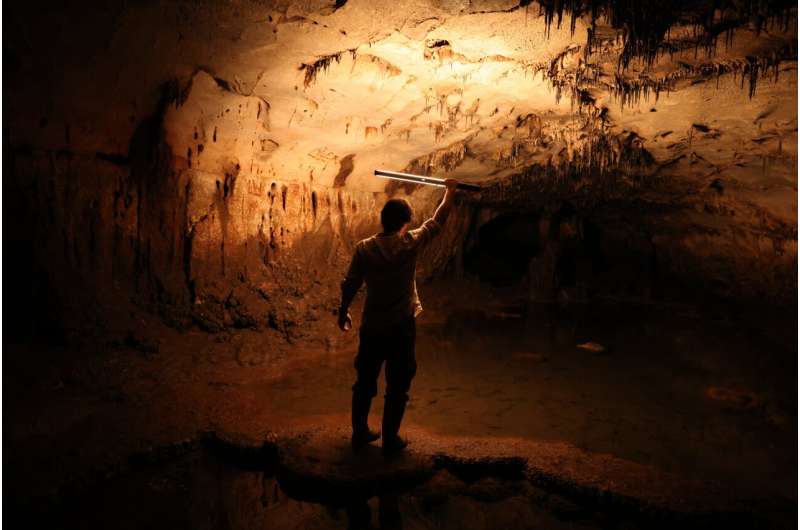
More than 100 ancient paintings and engravings, thought to be at least 24,000 years old, have been found in a 500-meter-long cave in “Cova Dones” or “Cueva Dones”—a site located in Millares near Valencia in Spain. See the research here.
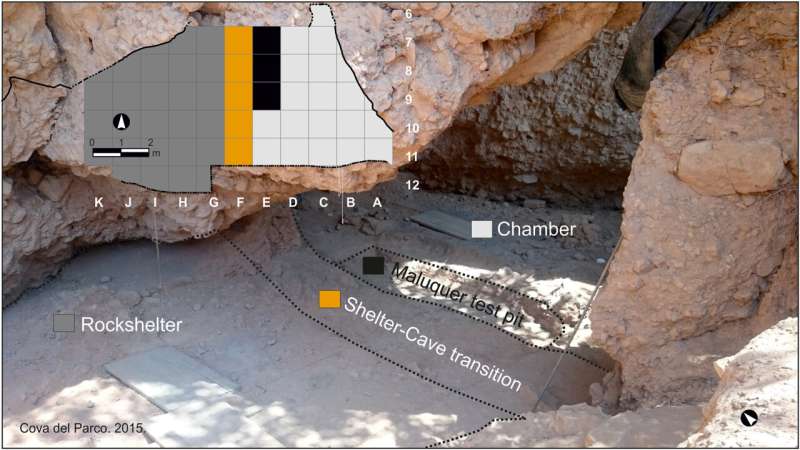
New research published in Quaternary Science Reviews has investigated how Paleolithic communities (Magdalenians) living in Cova del Parco (Iberian Pre-Pyrenees, southwest Europe) during the Late Pleistocene (16,400–12,700 years before present) may have been affected by the changing landscape in response to climate.
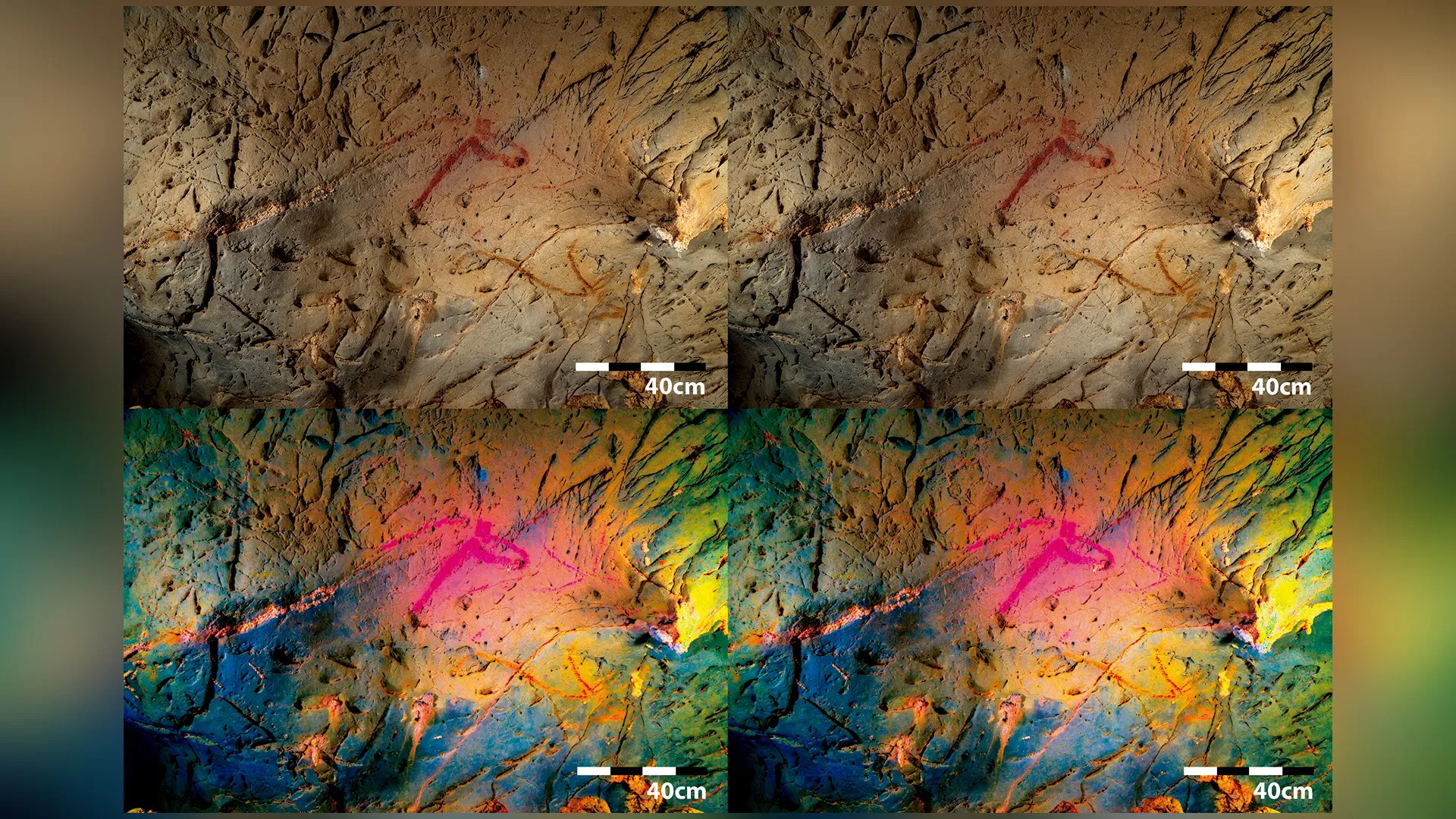
The hidden animals were revealed on cave walls in Spain with ‘Magic Eye’-style techniques.
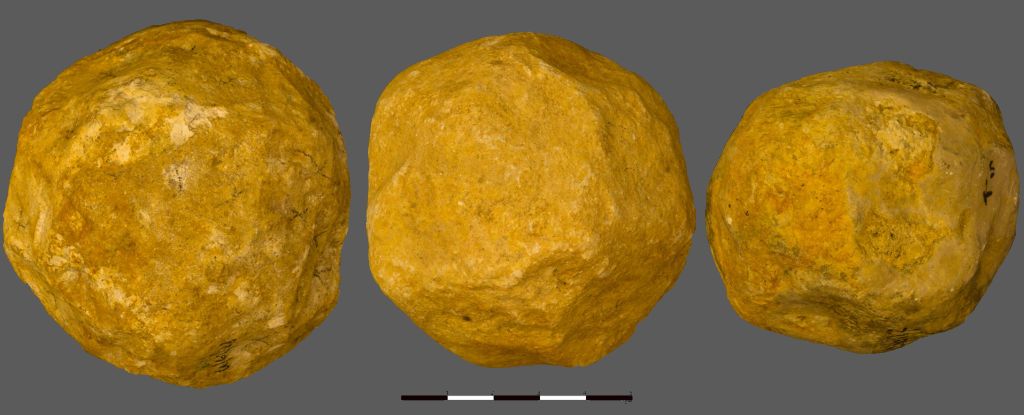
Ancient rocks excavated from a site inhabited by early humans some 1.4 million years ago may represent attempts at achieving perfect geometry. The research has been published in Royal Society Open Science.
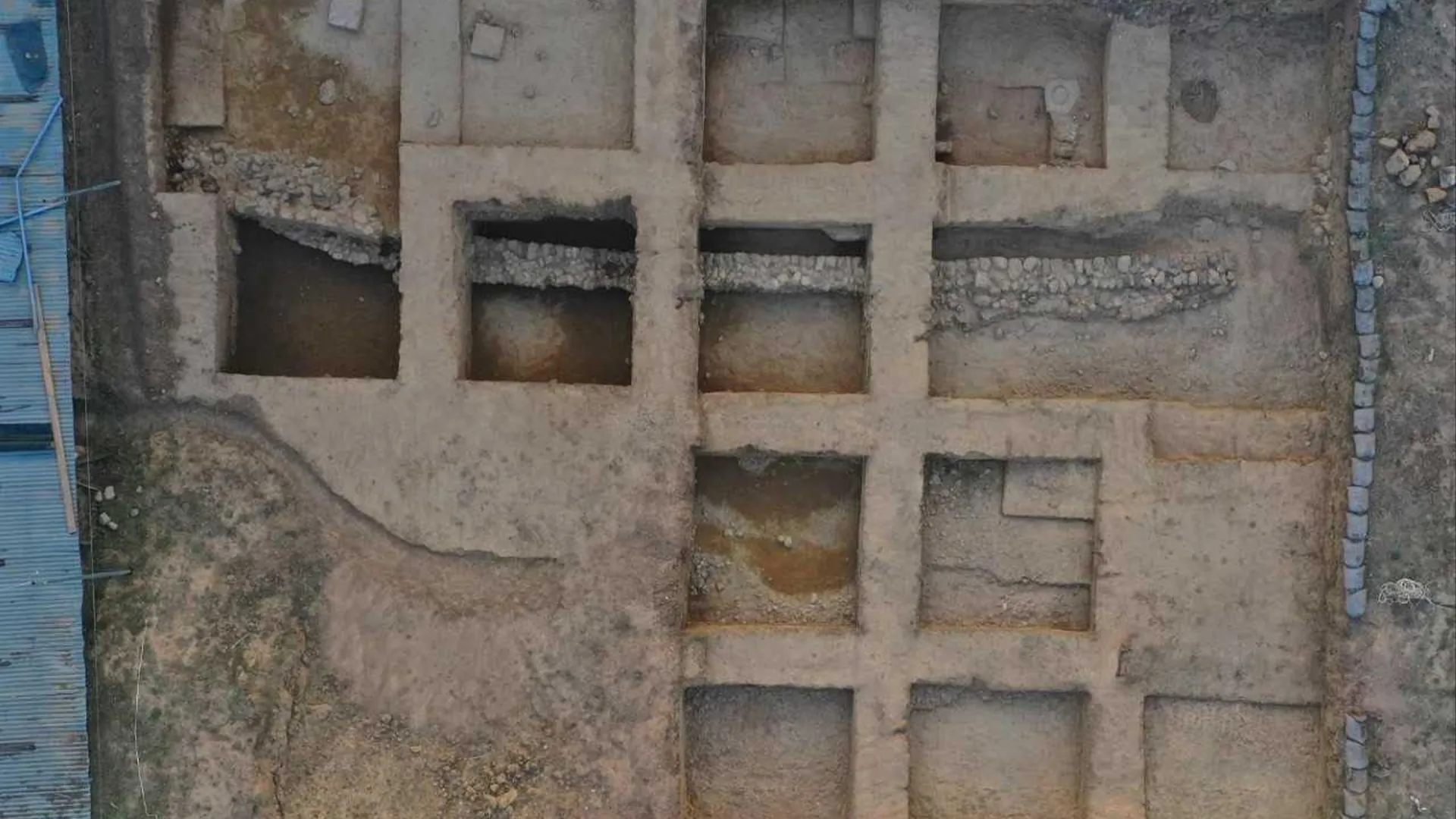
Excavation of an ancient Greek temple has yielded a variety of figurines, possibly offerings to Poseidon.
The study, which was led by researchers at the University of Portsmouth and the University of Montpellier, sheds new light on the evolution of life on our planet and the rise of atmospheric oxygen.

The monument dates to between 4000 and 3000BC and is thought to be the only complete example in Britain.
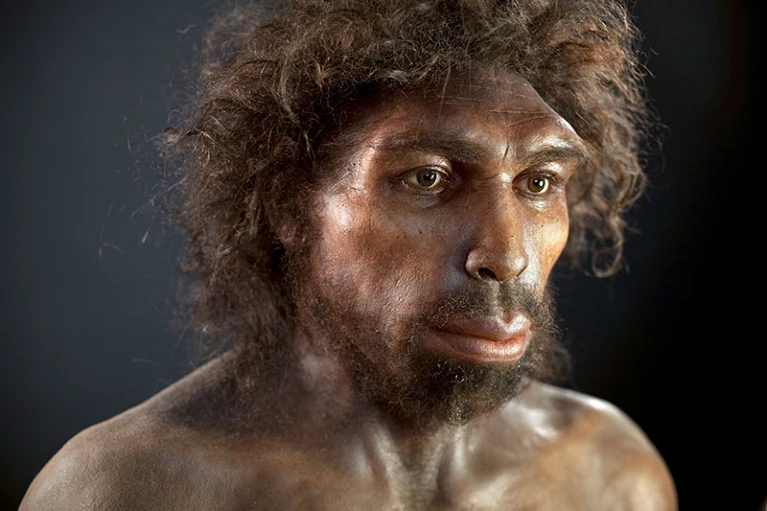
A new technique analysing modern genetic data suggests that pre-humans survived in a group of only 1,280 individuals. See the paper here.
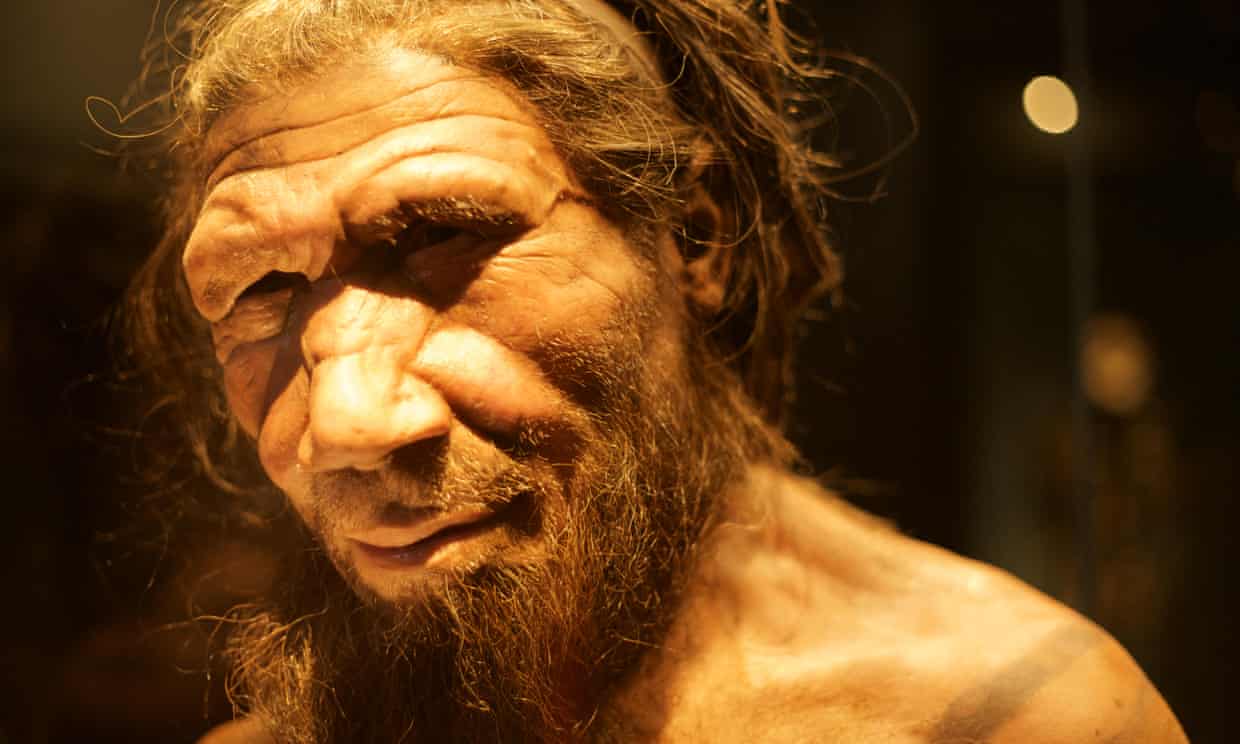
Bees may be the source of pollen near remains, but evidence still suggests bodies were buried with care. See the research here.
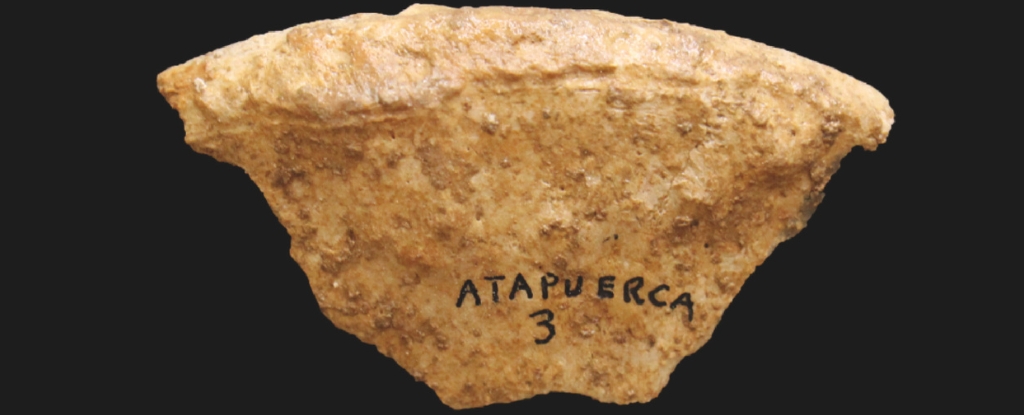
Archaeologists have discovered evidence of unique early Neolithic burial practices in Galería del Sílex in Spain, following an analysis of ceramic vessels found with human remains in two pits. The study has been published in Quaternary Science Reviews.
Peruvian archaeologists have uncovered the 3,000-year-old remains of what is believed to be one of the first priests of the ancient north Andean region.
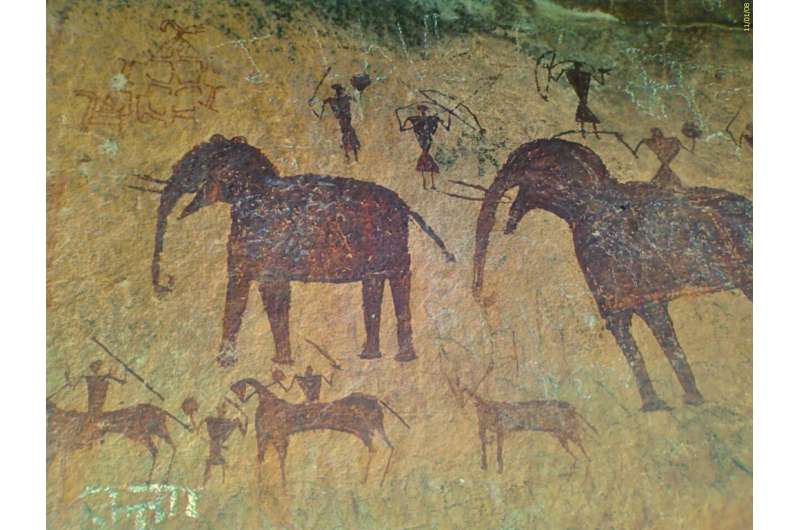
Research led by Complutense University, Madrid, has discovered an array of ancient cave paintings hidden among previously described cave art. In a paper, “Animals hidden in plain sight: stereoscopic recording of Paleolithic rock art at La Pasiega cave, Cantabria,” published in Antiquity, the team fills in details missing from previous photographic images.








